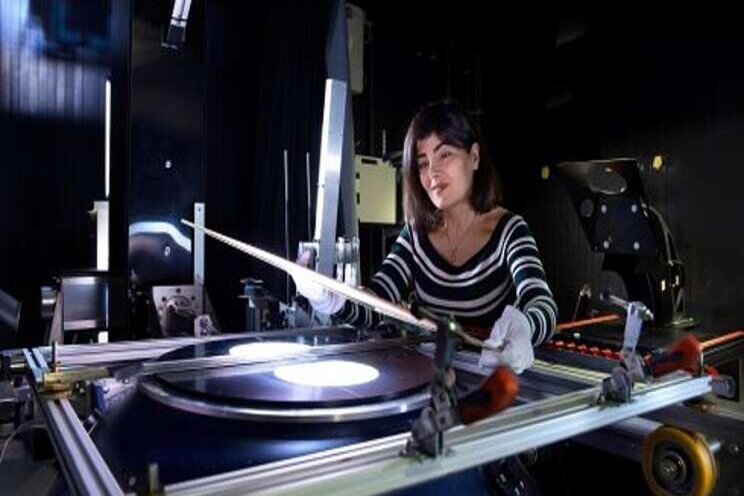LightLab for light measurements
Added on 07 April 2020

The WUR LightLab is part of Wageningen University & Research centre's Greenhouse Horticulture business unit. Measurements carried out in the lab are thus primarily related to the crop requirements and greenhouse climate. The lab is equipped to test all types of semi-transparent materials that are used in horticulture, such as glass, screens or temporary coatings, in accordance with the NEN2575:2018 +C1 standard. As of this month, the laboratory is also ISO17025 certified (under registration number L655) by the Council of Accreditations. To this end, the lab has a variety of equipment available, some of which has been uniquely designed in the world. Other equipment is standardised. Measuring protocols have been designed to meet NEN2675 standards. The measurements are completely objective and independent. The client is provided with a measuring report that gives insight into all relevant characteristics of the tested material.
WUR LightLab is capable of measuring the light transmittance of all these wavelengths. This is needed because plants react differently to different wavelengths. Besides, the amount of sunlight is important to the greenhouse's energy management.
Light quantity and hemispheric transmission
The amount of PAR light in a greenhouse directly impacts photosynthesis, growth and development of crops. The light transmittance of the greenhouse cover and screen materials is very relevant. In the past, the amount of light that passed through the materials perpendicularly was measured: perpendicular transmission. However, in an actual greenhouse, there is hardly any perpendicular light. Light always enters the greenhouse cover under an angle. Furthermore, perpendicular transmission seldomly provides an accurate representation of the light that is available to the plant in the greenhouse. This is why WUR LightLab measures transmission at all angles according to NEN2675 standards. From this data, the hemispherical transmission is calculated.
Besides the NEN2675 measurements, WUR LightLab continuously develops new measuring techniques and collaborates on the development of new measuring protocols. International standards and research are leading in this regard.
Light diffusion and Hortiscatter
Scientific research has shown that many crops benefit from scattered light. In combination with an equal amount of light, this yields a higher production and better quality. This is why diffused glass, screens and coatings are used in horticulture. It took some time before the measuring techniques met the requirements of these new developments, but, today, we are able to measure consistently according to NEN2675:2018 +C1. The Hortiscatter value indicates to what degree the light that enters the material is scattered. WUR LightLab measures how the light is diffused, and under what angles, leading to a Hortiscatter score. The ideal scatter (diffusion) is known as the Lambertian diffusor. The Hortiscatter value indicates to what percentage this ideal value is achieved.
Other measurements
Besides the NEN2675 measurements, WUR LightLab continuously develops new measuring techniques and collaborates on the development of new measuring protocols. International standards and research are leading in this regard.
The following characteristics can be studied:
Condensation characteristics of greenhouse cover materials:
It is customary to assert the optical characteristics of materials in dry conditions. But, a greenhouse is seldom dry. The way in which humidity condensates against the material influences the light transmittance. For example, is the condensation in the shape of drops (hydrophobe) or in the shape of a water film (hydrophile). The Transvision Wet devices measure the hemispherical reflection of the greenhouse cover materials with condensation, over a period of several hours. The glass is placed under an angle such as it would generally be. Humidity is generated in a way similar to the circumstances in a greenhouse. Based on the measured hemispherical reflection in both dry and wet conditions, the hemispherical transmission may be expressed as a percentage.
Energy conservation of screens:
The energy conservation provided by screens is determined by the material characteristics and by the way the horticulturist makes use of them. The key characteristics are heat permeability and emissivity. WUR LightLab has equipment available to measure these aspects. Besides, the air permeability is essential. WUR LightLab is able to measure this even at a very low air velocity (such as mostly occurs in greenhouses). Finally, water permeability is relevant. A new measuring apparatus is being developed in collaboration with several partner companies.
Click here for more infotmation.
Photo Courtesy of Wageningen University & Research
Source: Wageningen University & Research
More news















